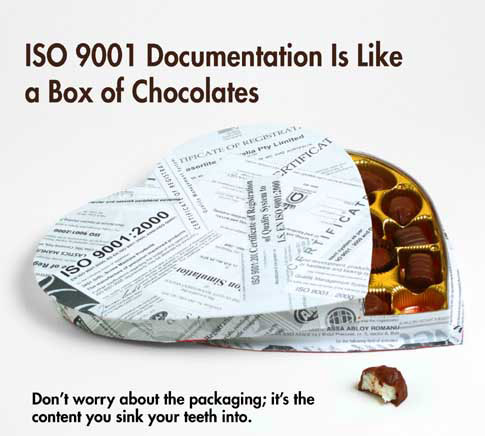
Standards such as ISO 9001 mandate documentation requirements as part of a company’s compliance with the standard. Although the requirements are intentionally broad-based and open, many organizations tend to over-document their systems. ISO 9001:2008 requires a manual and six documented procedures. AS9100 requires seven, and ISO 14001 requires one. Yet companies continue to write additional procedures, often for the wrong reasons. Let’s end the confusion about implementing a management system vs. documenting one.
A common belief is that the standards’ requirements are satisfied if detailed procedures exist to define a system. Additionally, many managers and executives think that a documented procedure for every element in the company results in better control and accountability. Although no requirements are enumerated in these standards for procedure format, more emphasis is placed on this than on the information contained within the procedures.
…
Comments
ISO DOCUMENTATION..........
Respected ms.Bretta
This ISO documentation part you have covered in-depth.and it was easy to understand for beginers.very nice
Regards
Prasanna
Add new comment